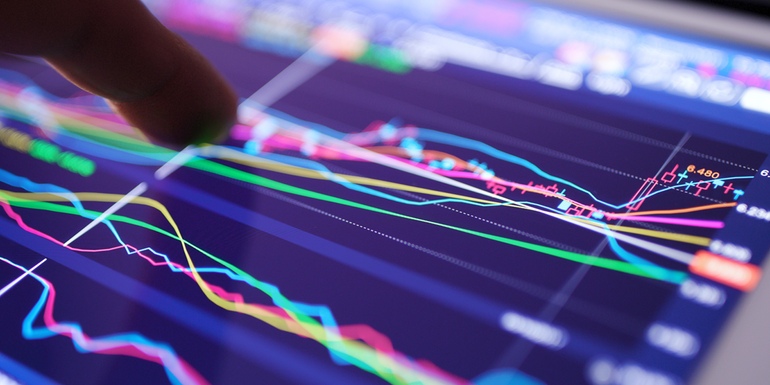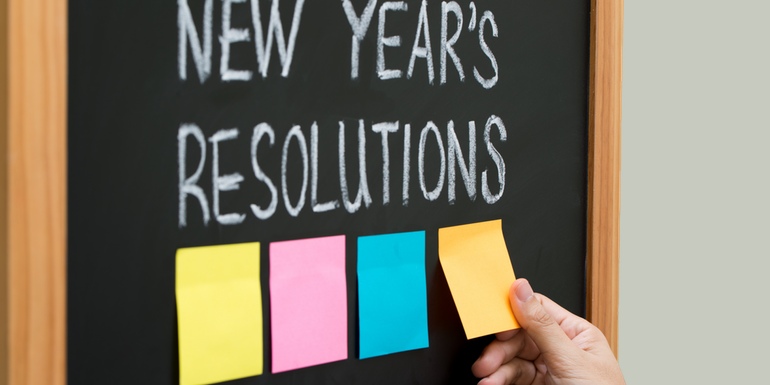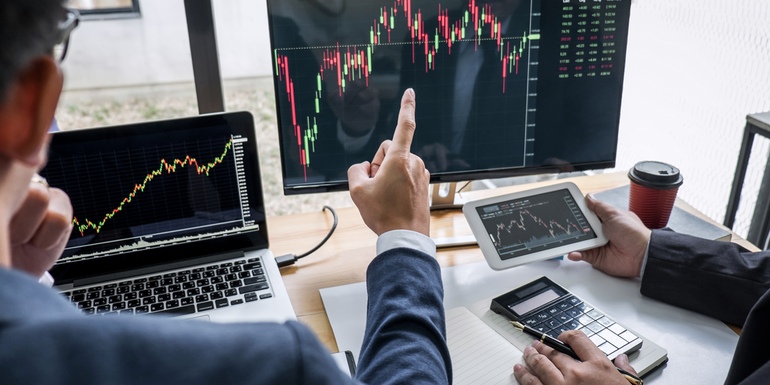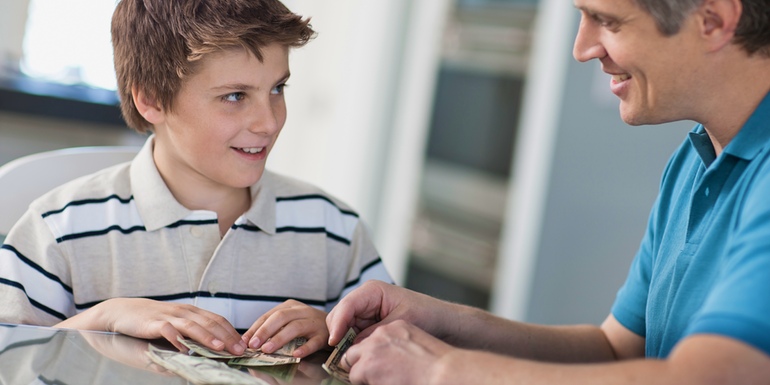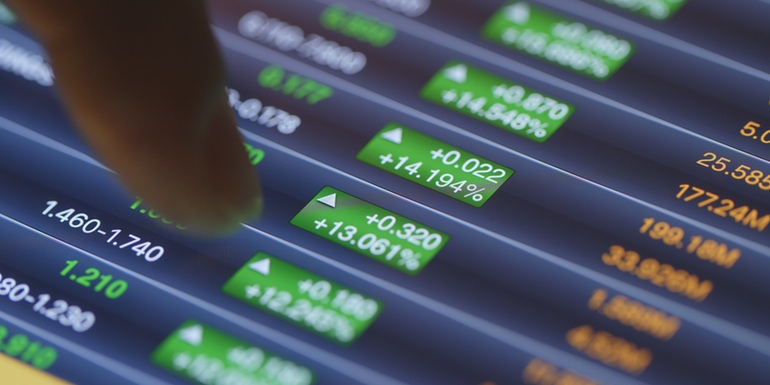Last week we looked at why it’s important to become flexible in setting goals. This week we’ll consider how we set flexible goals.
Setting personal goals can empower us to transform our lives and drive towards our wishes – but if we feel like we’re not achieving our goals this can have an adverse effect. With the major changes we’ve all experienced in recent times, we need to shift to set flexible goals.
What are flexible goals and what do flexible goals look like?
Flexible goals have a timeline but the focus is on how they adapt with the times, rather than ‘keep to the times’.
With flexible goals, we prioritize tracking our progress as well as development and growth, rather than achieving the end goal – helping us focus on progress rather than perfection.
Here are three tips on how to set flexible goals:
Record your journey, daily
Journaling remains one of the best ways we can remind and keep ourselves motivated in pursuit of our goals. You don’t actually need a notebook for this. There is an abundance of smartphone apps and other resources that you can use to organise your thoughts, daily activities and plans.
Identify a tool that will be easier for you to visit every day. One that you can use as an accountability partner that’ll keep you measuring your progress.
Remember – it’s about progress, not perfection, so when (not if…) you have bad days, be kind to yourself, allow yourself the space to alter course or take a rest when needed.
Size down your time and your goals
One of the best ways of evaluating your progress is to size down your goals into mini-goals. This helps you break down your targets into smaller, achievable goals so you can find it easier to work on them every day.
Again, journaling can help with this.
Evaluate your progress daily, weekly and monthly so that you can keep one eye on managing each day as it comes, and the other on how much you’re growing towards your longer-term plans.
Have a willingness to learn
Embracing teachability expands our knowledge and gives us a more rewarding life experience. It allows us to be more informed about the world and not be limited to our own opinions, thoughts, feelings and views.
Whether it is learning through self-discovery or interactions with others, being open-minded and curious is highly beneficial for cultivating a growth mindset.
In your social interactions, always look to pick up lessons that will be valuable in your journey of success. Evaluate your shortcomings and look at what you can do better should you be in the same situation again.
Learning to set flexible goals opens us to more of the opportunities we are seeking in life. With a growth mindset, we can be flexible and accomplish more than we ever thought we could.


